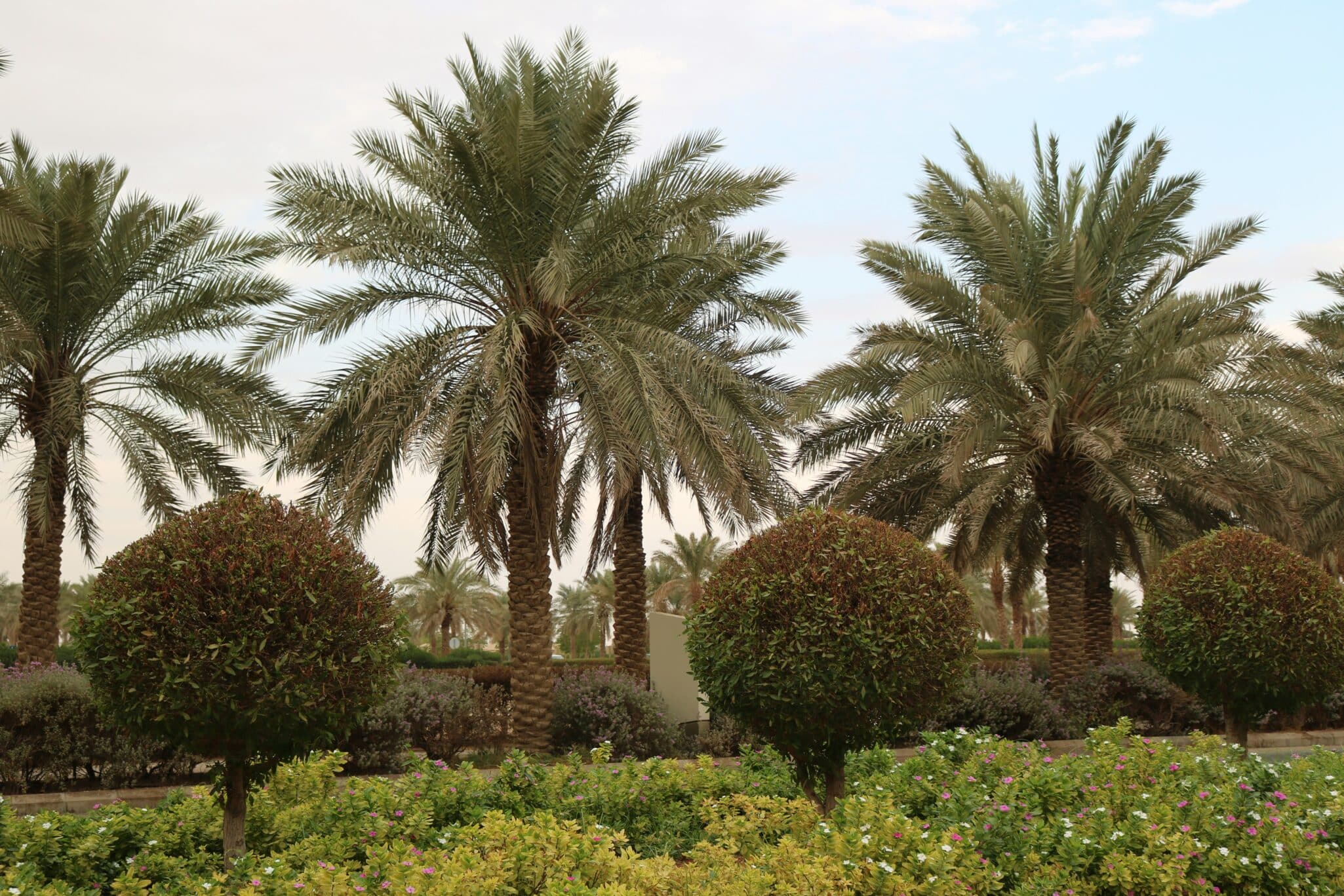Key Takeaways
- Saudi Arabia and the Netherlands signed 27 agreements and memoranda of understanding (MoUs) covering agriculture, water, and environmental technologies.
- The agreements total more than SAR428 million, equivalent to approximately USD 114 million.
- The signing took place during a June 10–12 visit to the Netherlands by Saudi Vice Minister Eng. Mansour Al-Mushaiti.
- Key collaborations include biotechnology, greenhouse technologies, crop protection, and potato processing.
- The agreements aim to strengthen international partnerships in line with Saudi Vision 2030.
Agreements Support Long-Term Cooperation For Saudi Arabia's Agriculture Industry
Between June 10 and 12, 2025, a delegation from the Kingdom of Saudi Arabia, led by Vice Minister of Environment, Water and Agriculture Eng. Mansour bin Hilal Al Mushaiti, concluded a visit to the Netherlands that resulted in the signing of 27 cooperation agreements and MoUs. These agreements, involving both public and private sector participants, focus on the development and localization of technologies for agriculture, water management, and environmental innovation.
According to Saudi Gazette, the agreements represent an investment value of over SAR428 million (approximately USD 114 million) and reflect the ministry's objective to expand exports, enhance technological capacity, and align with Saudi Vision 2030.
Notable Agreements and Investment Conversions
- Livestock Research: An MoU between Saudi Arabia’s National Program for Livestock and Fisheries and Dutch company VigGuard aims to develop localized livestock disease control technologies.
- Greenhouse and Biotech Development: Collaborations were formed between the Saudi National Center for Sustainable Agriculture and several Dutch partners, including the Dutch Greenhouse Delta, Hoogendoorn, Hudson River Biotechnology, and Wageningen University. These focus on capacity building in sustainable agriculture and biotechnology.
- Crop Protection and Biotechnology: A partnership between Al-Yasin Agricultural Company and the Cobret Experimental Center was signed for up to EUR 1 million (approx. USD 1.07 million) to support crop protection innovation.
- Potato Processing and Production: A MoU between the Lehaa Group, the Dutch Royal HZPC Group, and Gal Sahara Potato Production Company involves investments exceeding SAR76 million (approx. USD 20.3 million) to enhance local potato output and build a French fries processing facility.
- Dafa Agricultural Company Initiatives: Six MoUs signed with companies specializing in vegetables, fertilizers, greenhouse systems, and agricultural software totaled SAR292 million (approx. USD 77.9 million).
- Additional Partnerships: Agreements were signed between the Makkah Region Development Authority and Dutch firms Van der Hoeven and Horizon 11 to facilitate biotechnology transfer. The Saudi Greenhouse Management and Agricultural Marketing Company also partnered with Plantae and Certhon to localize agtech innovations.
Supporting Saudi Arabia's Vision 2030 Goals
These agreements are part of Saudi Arabia’s broader efforts to promote innovation in the agrifood sector and build sustainable production systems. By partnering with Dutch institutions and companies, the Saudi Ministry of Environment, Water and Agriculture aims to advance greenhouse farming, biotechnology, and food security initiatives. The partnerships align with the Kingdom’s Vision 2030 plan to diversify its economy, modernize agricultural systems, and expand global trade relationships.


